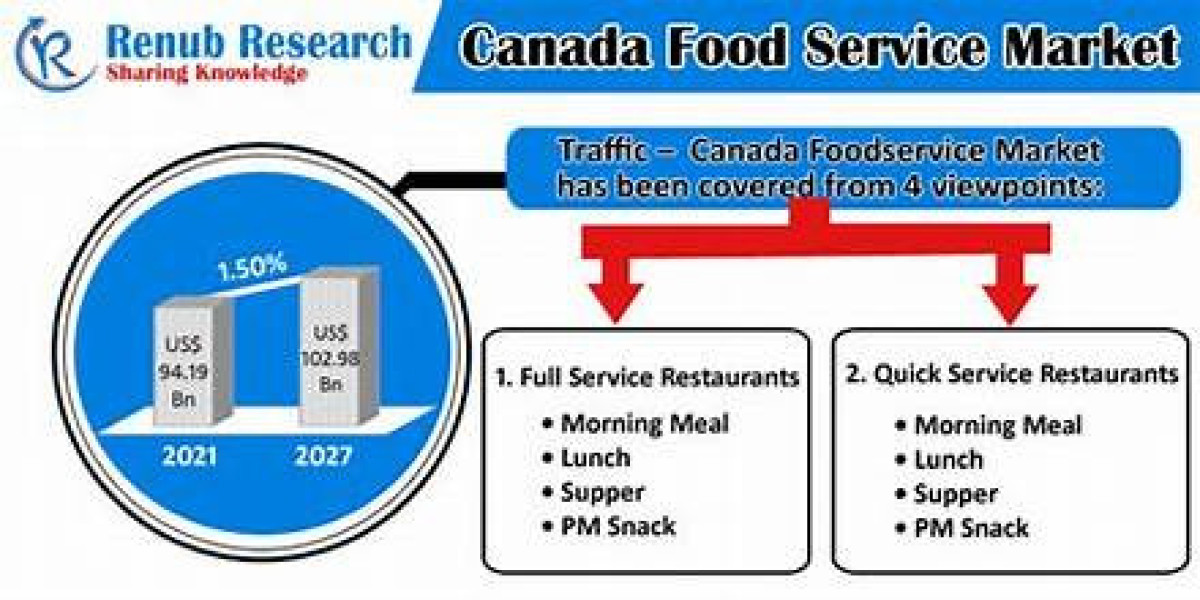I still remember the first time I sent a hundred cold outreach emails by hand. I felt like a medieval scribe painstakingly personalizing salutations, swapping subject lines, and praying one tiny human would reply. Fast forward a few years: the same goal (connect, start a conversation, build a relationship) is now powered by tools that blend data, automation, and a surprising level of personalization. Welcome to outreach in the age of AI where outreach campaigns are getting smarter, faster, and yes, more human.
Why AI changes the rules (without breaking them)
AI doesn’t replace the fundamentals of outreach: respect the recipient’s time, be relevant, and make your ask clear. What it does is amplify your ability to do those things at scale.
Instead of manually crafting every outreach email, AI helps you:
· discover the right subject matters to open a conversation,
· produce tailored copy that reads like a real person wrote it, and
· choose the best moment to send targeted emails so they don’t vanish in a crowded inbox.
Think of AI as a high-powered assistant that helps you do the right work more efficiently not a magic wand that instantly fixes bad strategy.
Personal story: how a small tweak doubled reply rates
At a past startup, we tested two approaches: broad, generic templates vs. small-batch personalized messages informed by AI-driven account signals. We fed the system with basic account data, a quick profile summary, and a few past touchpoints. The AI suggested 2–3 relevant subject matters for each prospect and drafted an outreach email that referenced concrete details.
Result: the personalized, AI-informed sequence doubled our reply rate. Not because the AI wrote the perfect pitch, but because it helped us send smarter, targeted emails that respected each recipient’s context. The real win was time we went from dozens of hours of manual work to running high-quality outreach campaigns with surgical precision.
What “smarter” outreach looks like today
Contextual personalization, not just token fields
Gone are the days when swapping {FirstName} was considered personalization. AI reads the prospect’s public signals—recent blog posts, product launches, or job changes and surfaces subject matters that genuinely matter to them. Your outreach email can reference a specific event or pain point rather than a vague compliment.
Data-informed cadences and timing
AI can analyze when prospects are most likely to open messages and recommend sending windows. Combined with email outreach strategies like staggered follow-ups and multi-channel touches (LinkedIn, phone, and email), that timing lifts engagement without spamming.
Smarter list building: account-level focus
Modern outreach campaigns often start with better lists. Tools that combine firmographic, technographic, and behavioral data make account search sales engagement more surgical: you can target accounts showing intent signals and then craft messaging for the right contact. That means higher-value conversations, not just higher volumes.
Practical email outreach strategies that work (and don’t feel robotic)
1. Lead with relevance, not features
Open with a concrete observation something the prospect will recognize in seconds. AI helps identify those observations, but you still have to make the ask clear and simple.
2. Use micro-personalization in the body, not just the subject line
Instead of a generic paragraph, add one line referencing a recent event or challenge. That single line can transform a templated message into a meaningful outreach email.
3. Combine channels thoughtfully
A short, well-timed LinkedIn note+an email outreach touch often outperforms five cold emails. Use AI to coordinate contact account search sales data across channels so messaging stays consistent.
4. Test subject lines like a scientist
Your subject matters are experiments. Use small A/B tests and iterate. The right subject line is often a promise of value, not a flashy hook.
5. Keep follow-ups helpful
Every follow-up should add something new data, a case study, or a concise next step. Follow-up sequences are where many campaigns win or fail.
Tools and integrations: making the stack work for you
You don’t need the fanciest stack just one that connects data, outreach, and measurement. A practical approach ties together:
· a reliable CRM (so contact records are clean),
· account search sales engagement tools (to find the right targets),
· automation for sequences (so follow-ups don’t slip), and
· analytics to measure what’s moving the needle.
Pro tip: when configuring integrations, ensure your contact data, cadence logic, and engagement signals aren’t siloed. We once lost months of insight because opens lived in one tool and replies in another—don’t let that be you.
Ethics and the human factor
AI can write beautiful copy. But it can also amplify bad habits mass messaging, misleading personalization, or ignoring opt-outs. Outreach best practices still demand consent, clarity, and an easy way to say “no thanks.”
A useful mental check: if a message would make you uncomfortable receiving, it probably needs rework. Use AI to scale empathy, not to hide behind shiny prose.
The awkward-but-true phrases: why they matter
You may have seen odd strings like account search sales engagement or contact account search sales in product docs and integration guides. They’re technical shorthand for combining account discovery with contact-level outreach and sales engagement tracking exactly the bridge you need between list-building and real conversations. When those pieces work together, your outreach campaigns become measurable and repeatable.
Conclusion — your next steps (practical and small)
You don’t need to overhaul everything to benefit from AI. Start with two small experiments:
1. Run an AI-assisted personalization pilot on 50 high-value prospects and measure replies.
2. Tie one engagement signal (e.g., a content download) to a short, targeted sequence of outreach email + LinkedIn.
If you want, try these email outreach strategies: lead with a precise subject matter, add one sentence of bespoke context, and space follow-ups based on engagement not fixed dates.
AI won’t replace the human art of relationship building, but it will make the craft more efficient and more humane, if you use it the right way. So keep your curiosity, a respect for the recipient, and a little bit of daring and go write outreach campaigns that actually start conversations.







